You and your little one can learn English together
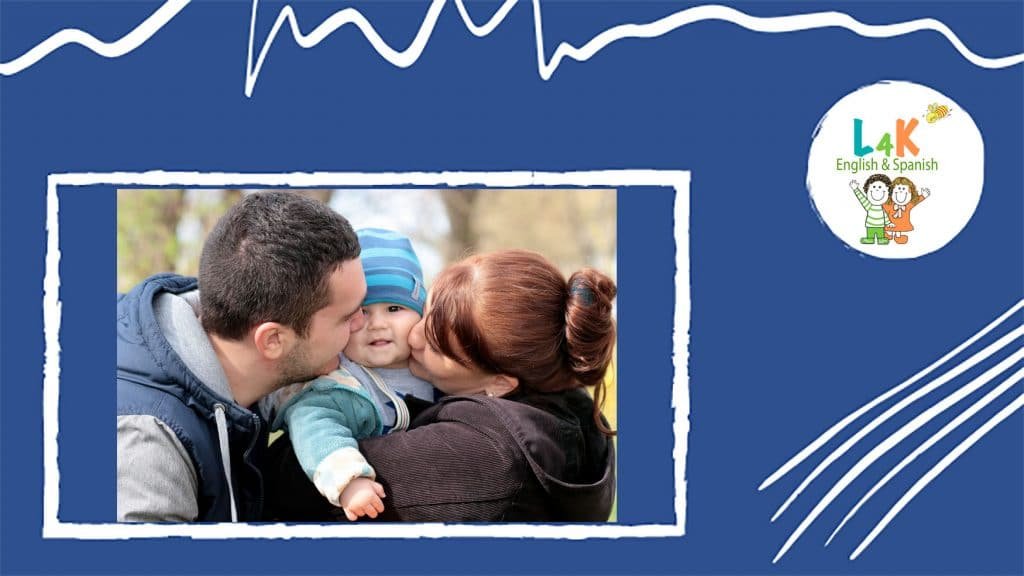
Parents are the most important people in a child’s life. From the time they are born children learn most from their parents and/or caregivers, and it is in their company that they feel more comfortable. It is the months from conception to the child’s third birthday that are pivotal to optimal brain development, and […]
Having fun!!!
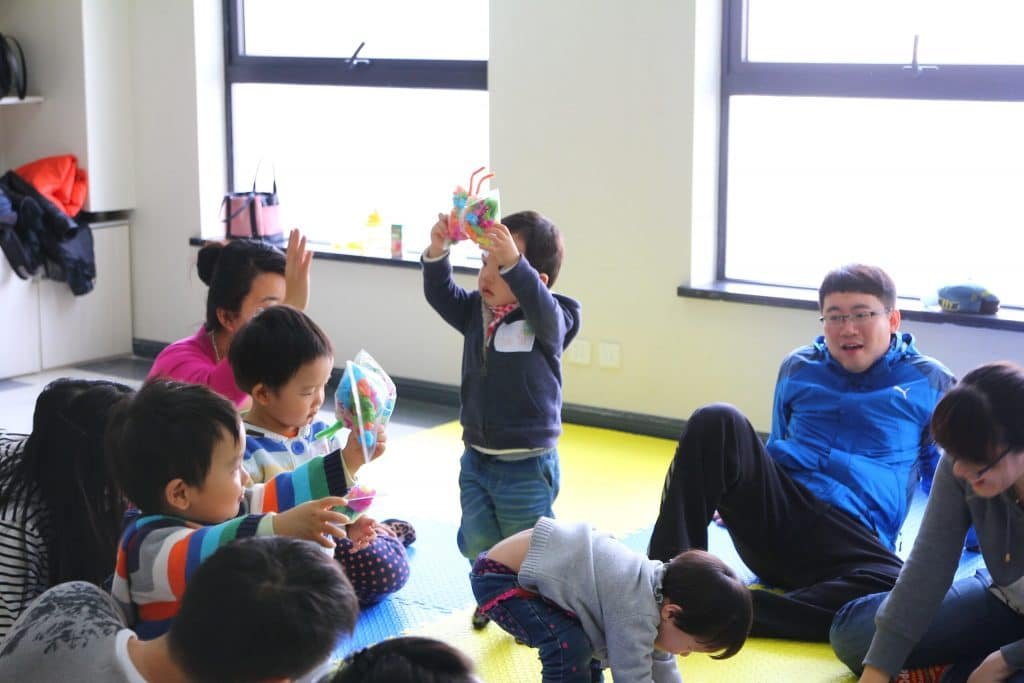
Learning is easier if it is fun and to make it fun we need to provide children with a playful environment. The more fun the environment, the more a child will want to stay with it. We know children learn in a variety of ways but we all recognize that play is an important vehicle […]
CAMPING ANYONE?
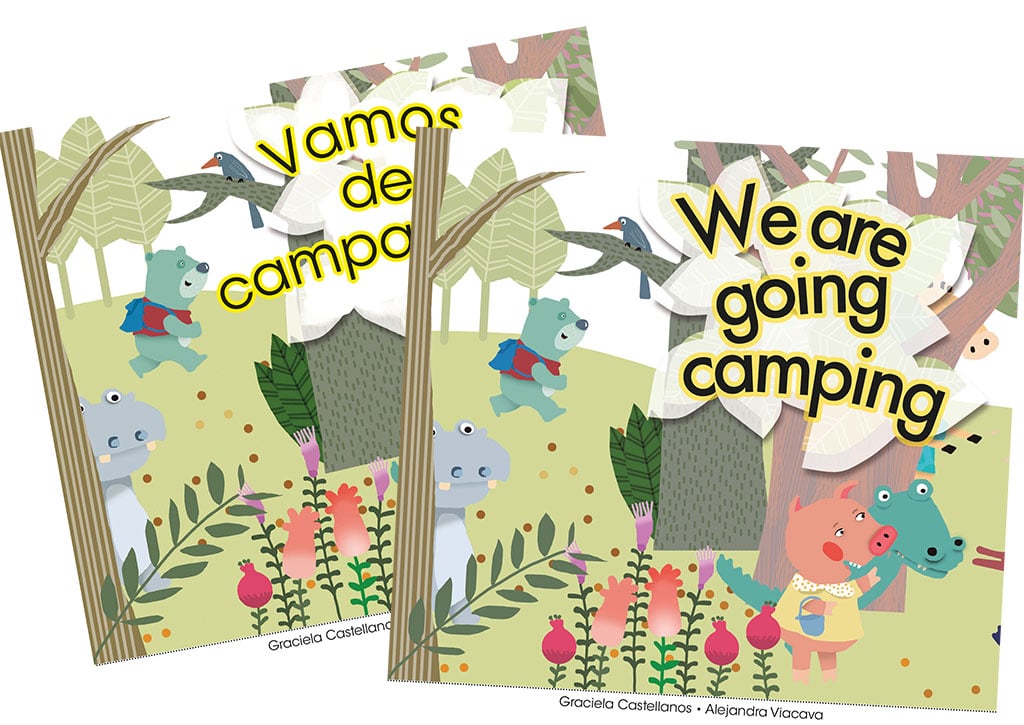
With warmer temperatures kids everywhere love being outdoors but now that we all need to stay at home what can we do? You can set the mood for having a great camping adventure with a backyard tent or an indoor creative setting. Begin by reading “We are going camping” or “Vamos de campamento”. This is a […]
How Reading Aloud Helps Children in Becoming Bilingual
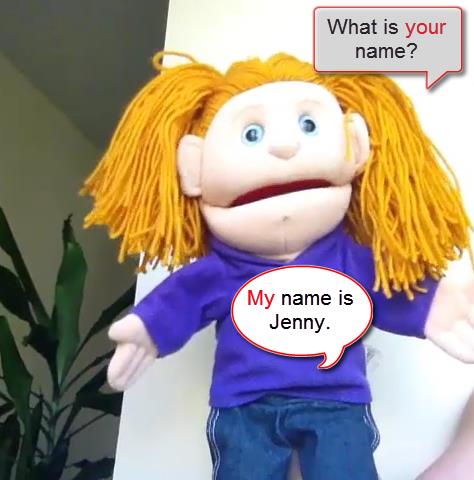
First Things First How can you help your kids acquire an additional language through stories? First of all, you must provide children with lots of picture books from the time they are born. Set times during the day to read aloud to them. During the day time use puppets and props while reading. If right […]
Languages4kidz interactive Spanish Books
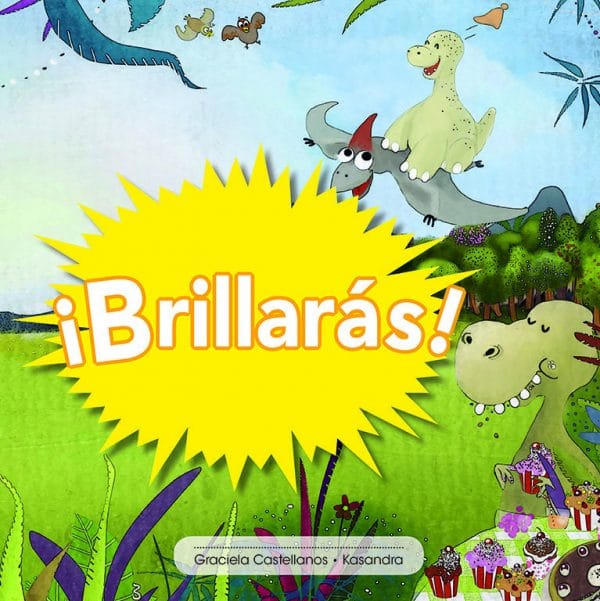
I sincerely hope this message finds you and your loved ones well and in good health. The past few months haven’t been easy and I would say full of challenges for many around the world. We at Languages4kidz have been concentrating our efforts on working hard to convert our Collection of Picture Books in Spanish to […]
Back to school is just around the corner!
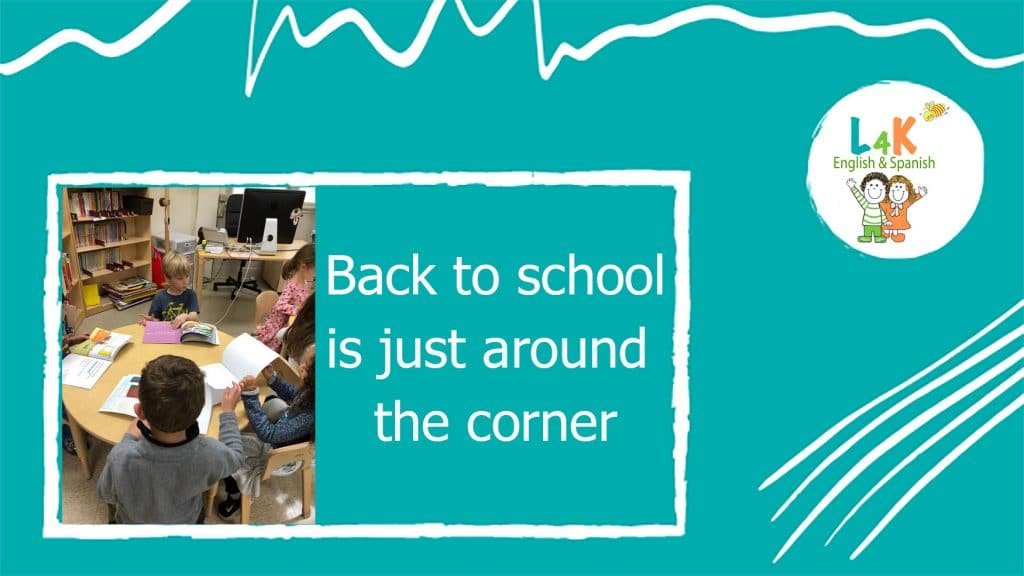
A new school year will begin soon! We are all about to say goodbye to our Summer vacations and then prepare for a great start! So before we get there my suggestion for parents is to start their children on a routine in advance. This will ease the transition and help the whole family get […]
Welcome Back!
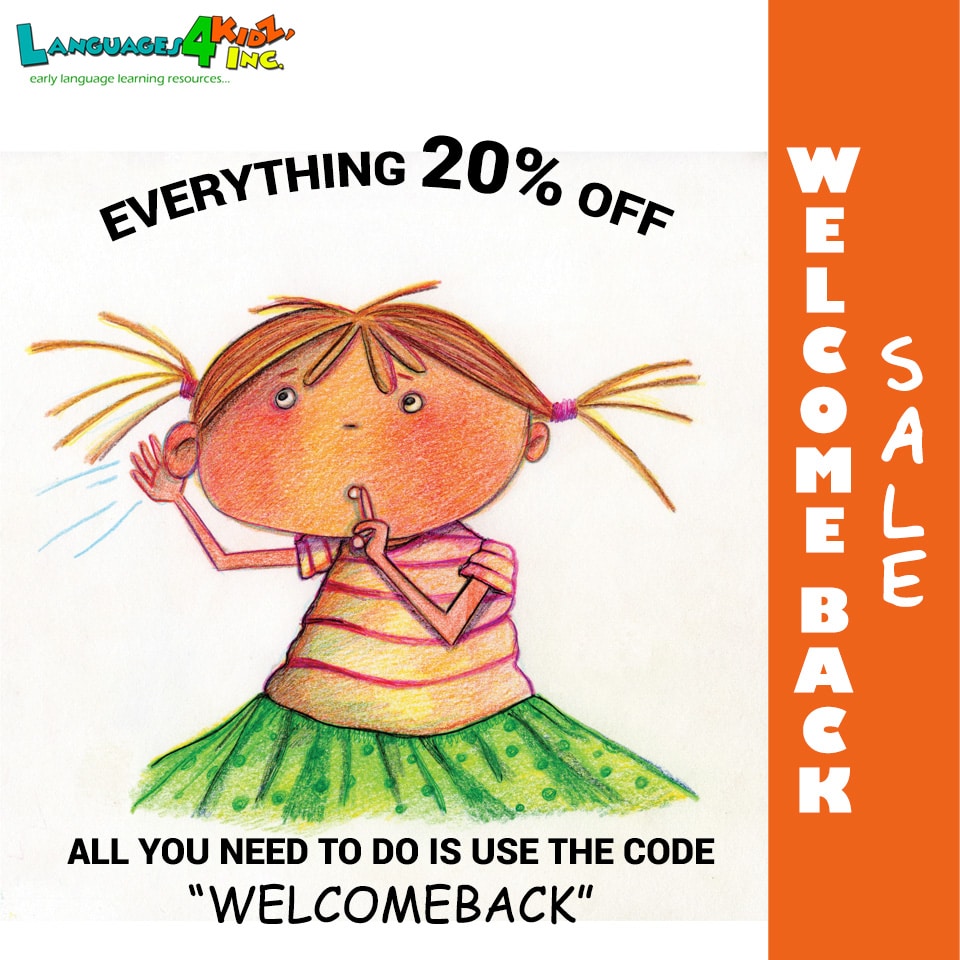
We hope everyone has had a wonderful start!!! Now that we are all back in school is time to plan for other fun activities that can complement every child’s overall development. Whether it is sports, dance, theater, arts and crafts, music, science, or having fun while learning an additional language gives kids opportunities to demonstrate […]
Languages4kidz & Caribu

A great reading app. Did you hear!? We’re excited to be partnering up with @Caribu, an app that lets you virtually read books to your baby, perfect for moms and dads that travel and are on the go. Go check out our books! https://caribu.co/
Languages4kidz books on Caribu app
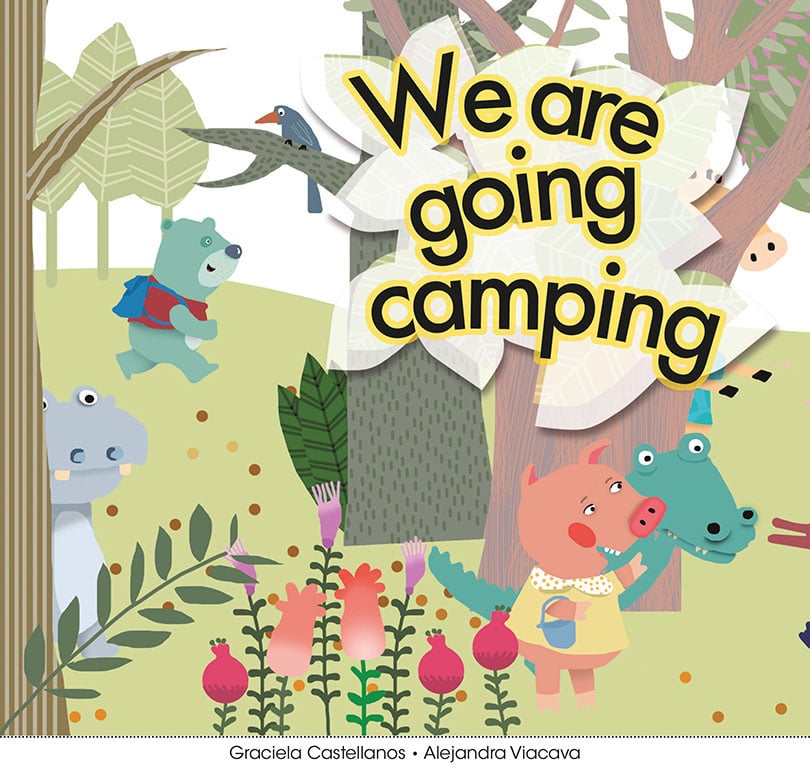
Languages4kidz books are now on the Caribu app. Ever since we started this journey of creating books in English and Spanish, our mission was to provide a variety of materials to bilingual children around the world. The Caribu app is helping us fulfill our dream! Download the app and find our books in English and […]
Interactive Books for kids – Languages4kidz – iTunes

Published on iTunes this week are the new interactive books for kids “Spring is here” in English and “¡La primavera esta aquí!” in Spanish. These 2 books join our 4 other Ibooks from Languages4kidz Children’s Book Collection (“International Day”, “Día Internacional”, “You Shine!” ¡Brillarás!” ) Ibooks is the e-book application for iPads, iPhones and Macs. […]
Languages4kidz Collection for bilingual and dual language learners

Languages4kidz Collection for bilingual and dual language learners has a variety of beautiful and engaging Picture Books for children in their early years. Languages4kidz has created a series of leveled picture books for babies, toddlers, preschoolers, kindergarteners, Emerging and Beginning Readers, available in both Spanish and English. The Collection offers meaningful stories with natural authentic […]
Mother and Child Playgroups
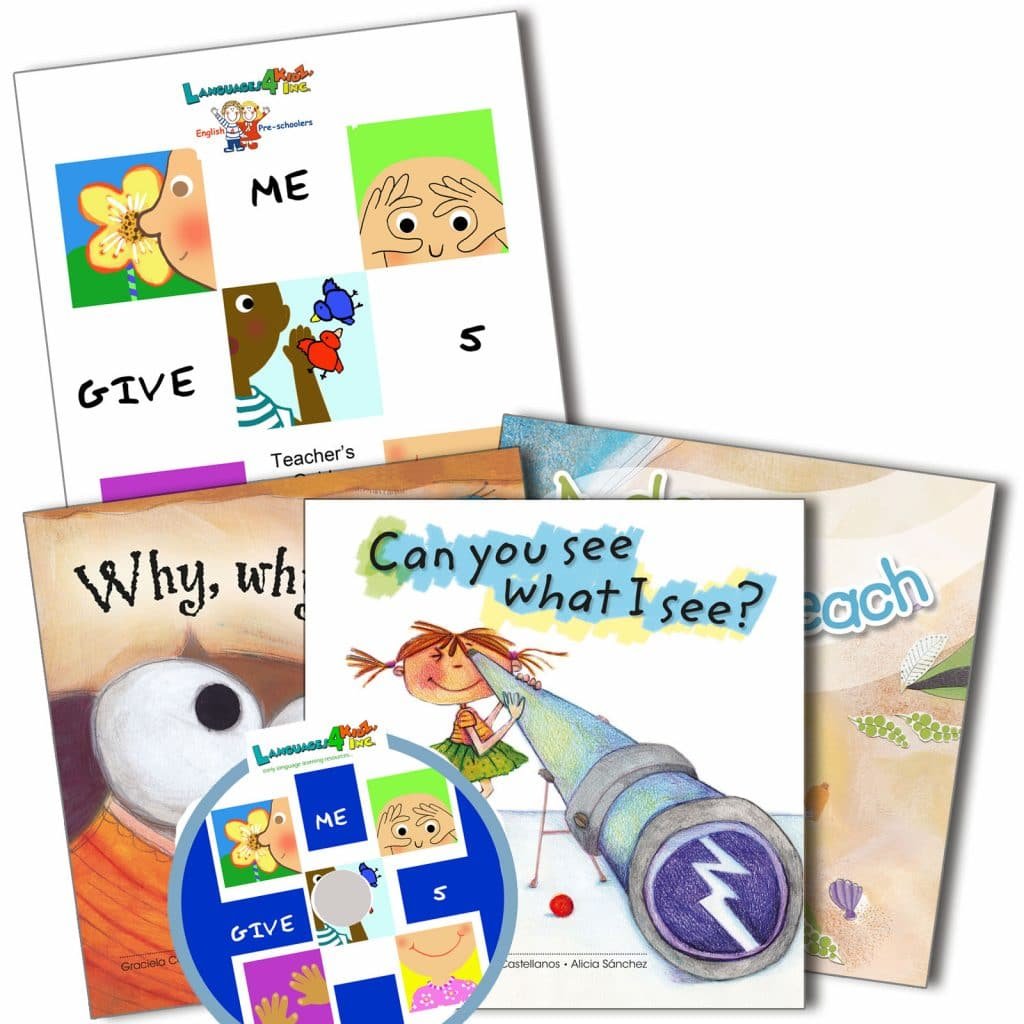
Mother and Child Playgroups Today I would like to propose to all mothers who would like to support their child’s bilingual development to build a support network. I encourage you to invite others who are raising their children to speak your language to join you in creating a mother and child playgroup. The mother and […]
